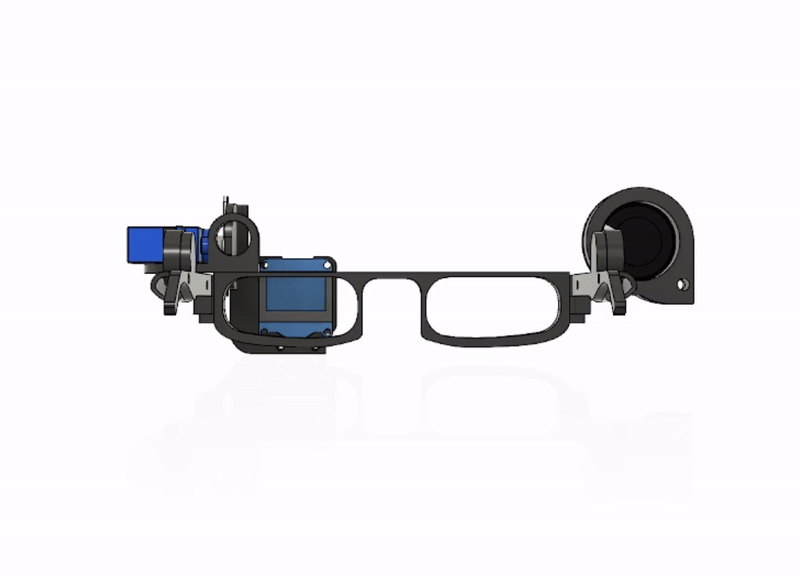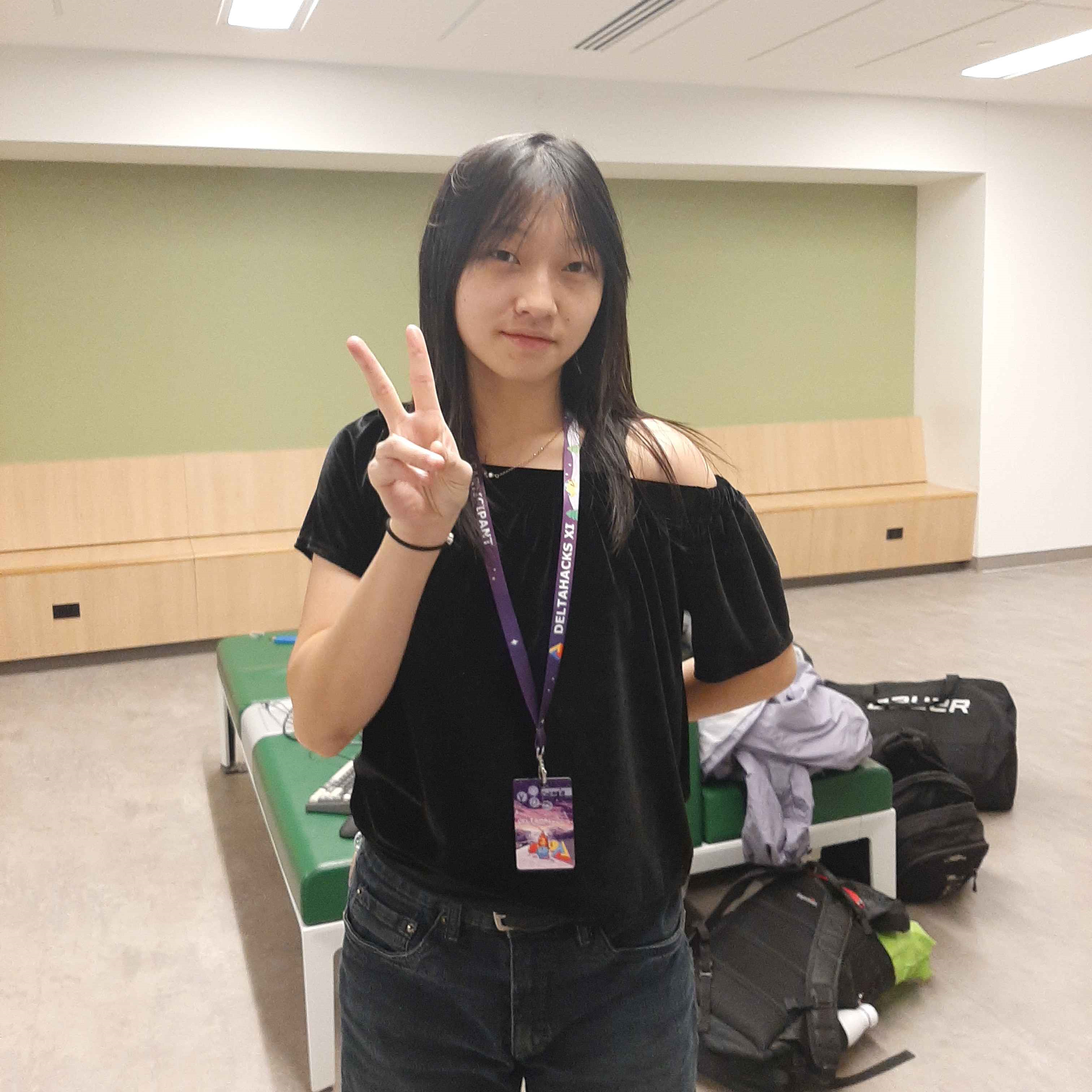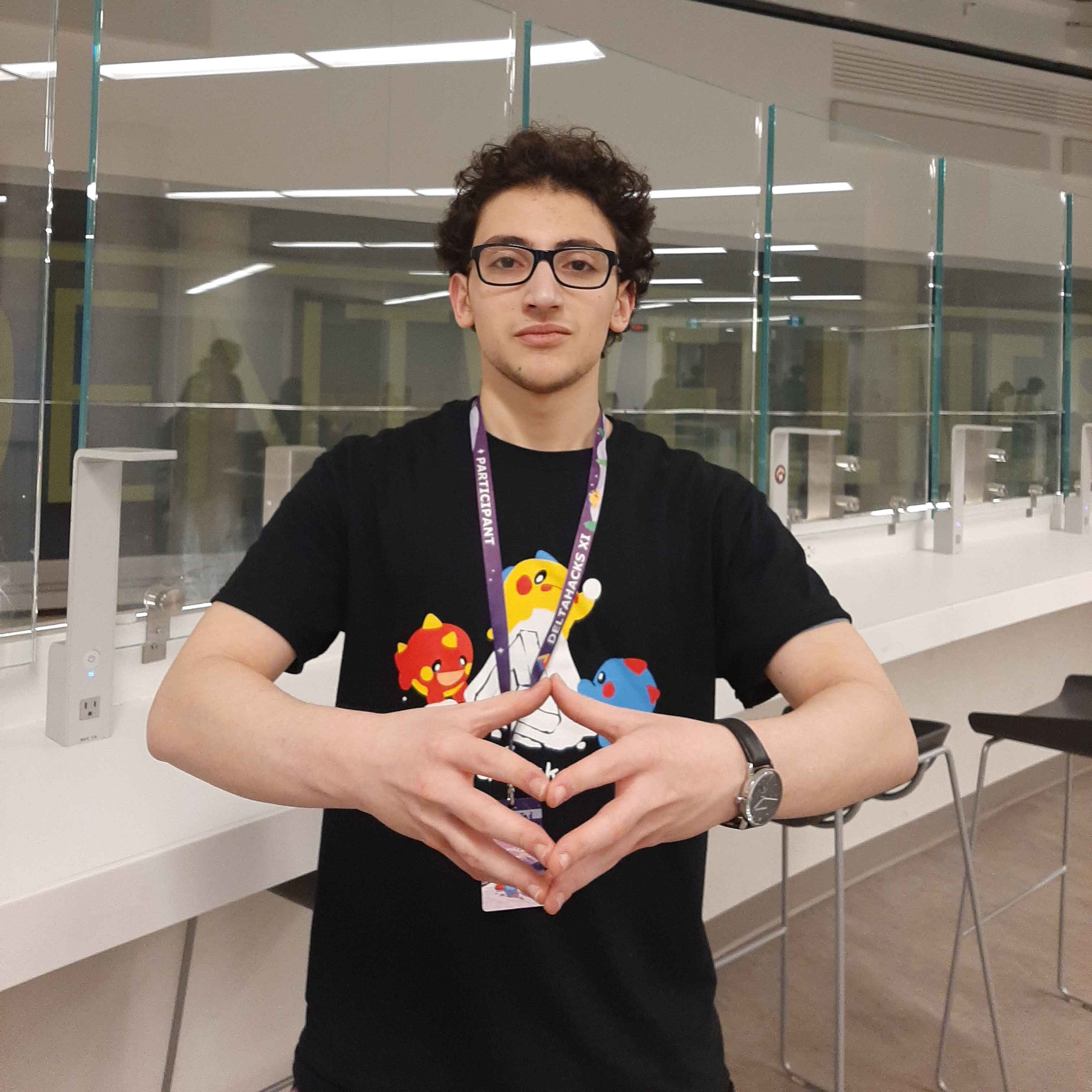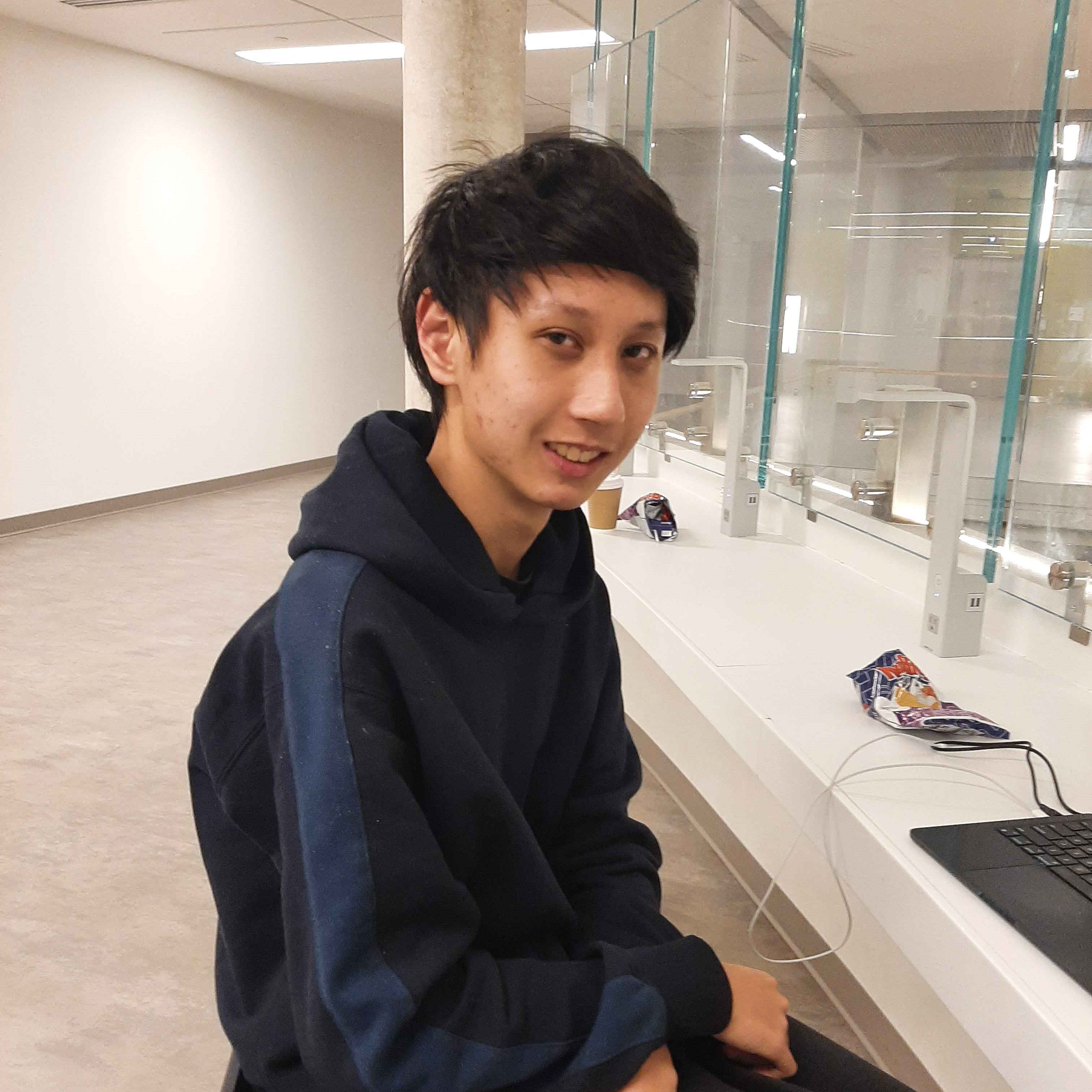VOXIO


According to the Canadian Association for the Deaf, approximately 3.6% of the population can understand and communicate in American Sign Language. For deaf Canadians who primarily communicate through American Sign Language (ASL), the primary language for the culturally deaf, day-to-day communication that hearing individuals often take for granted can be challenging.
To address this issue, we developed Voxio, a tool designed to streamline communication for hard-of-hearing and Deaf individuals. Unlike the cumbersome nature of typing or writing responses, Voxio utilizes real-time ASL transcription and text-to-speech technology to facilitate a natural flow of conversation, mirroring the ease of physical interactions.
The user signs to the camera built into the glasses. with computer vision technology, The sign language is interpreted into text and is read aloud via the speaker. This feature can be turned off for users that do not use ASL to communicate.
The module, designed to fit in the user's pocket, securely contains the Raspberry Pi that controls all of Voxio's features.
For the future of Voxio, we want to implement a subtitle feature. This would consist of a microphone built in the
Github Repository for Raspberry Pi
Cad Design of Glasses


Marco is a passionate IBio, with mechatronics minor student at University of McMaster. He is skilled in neural networks, computer engineering, and being a great teamate!

Georgia is a rising senior at Martingrove Collegiate Institute. She is passionate in music, athletics, and engineeering.

Jad is an 11th grade student at Vincent Massey Secondary School. He is interested mechanical engineering, robotics, and playing guitar in his freetime.

Li Feng is a 12th grade student at Laurier Heights Secondary School. He is highly interested in computer science, specifically web development, and even codes in his freetime!